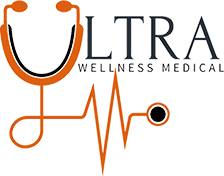If we look at preventative medicine, heart disease or atherosclerotic cardiovascular disease (ASCVD) takes center stage as the leading cause of mortality in the United States, affecting about 18 million people. Although there are probably 100+ factors which increase an individual's risk for vascular disease, some of the more common factors we look at include:
1. Elevated Cholesterol
2. Hypertension
3. Diabetes
4. Smoking
5. Obesity/Sedetary
6. Family History of Heart Disease
In addition, individuals with generally higher levels of inflammation from a variety of causes are at increase risk of ASCVD.
For most doctors today, current standards of care to evaluate risk involve putting certain demographics about a patient into a "calculator" known as the Framingham Risk Calculator and determining a 10 year risk percentage for a vascular event. In other words, plugging in a person's age, sex, smoking history, basic cholesterol numbers, blood pressure and if they are diabetic or not to give a percentage risk of having a heart attack or stroke in the next 10 years. Unfortunately, it isn't until a person is often age 55-60 that the percentage really goes up. So, prevention really starts at 55 to 60 with this model, but almost half of all vascular disease and strokes occur before the age of 60. We are missing-out on prevention for a lot of people in the prime of their life! So, if you are only planning to live for 10 years, that is great, but what about the next 30-40 years?
Because of this, True Preventative care needs to be personalized to each individual. We are more complex and deserve more aggressive treatment at earlier stages in life when the disease process is starting, as opposed to when a generic formula tells us we need to worry.
Cardiac prevention encompasses cost-effective, more advanced lab tests, imaging, and lifestyle and nutrition goals tailored to each person's individual needs and desires.


